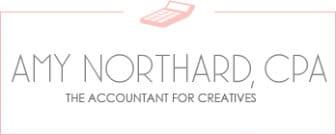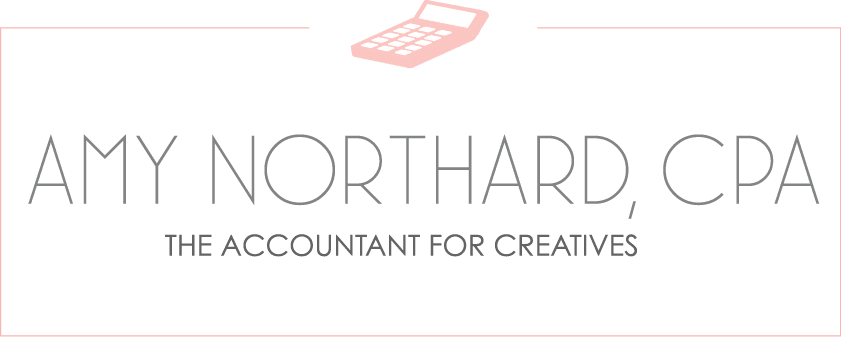A Solo 401(k) is a useful and fruitful retirement option for some small business owners.
In today’s post, I’ll explain everything you need to know about a Solo 401(k) and help you determine if it’s right for you.
What is a Solo 401(k)?
First off, you should know that a Solo 401(k) goes by many different names. Knowing what these are will help you sort through IRS and banking jargon. All of these are other names for a Solo 401(k):
- One-Participant 401(k)
- One-Participant k
- Solo-k
- Uni-k
- Traditional Solo 401(k)
- Roth Solo 401(k)
So now that you know what it’s called, let me tell you what it is. A Solo 401(k) is exactly what you’d think! It’s a 401(k) retirement savings account for one person. That one person must be a business owner who doesn’t have any employees other than a spouse.
If you meet those two requirements, you can contribute to a traditional, tax-deductible Solo 401(k) account, which has the benefit of lowering your taxable income. Or you can contribute to an after-tax Roth Solo 401(k), which has the benefit of allowing your money to grow tax free. Depending on how you set up your Solo 401(k), you can also choose to do a combination of both types (traditional and Roth).
What are the requirements of a Solo 401(k)?
In addition to being a business owner without employees, there are some requirements you’ll want to understand when it comes to 401(k)s. These requirements are the same as they are for a traditional 401(k):
- You are required to take minimum distributions from your account starting at age 72.
- If you withdraw money before you reach age 59 ½, except in specific situations, you’ll be charged an additional 10% tax for early distributions.
How much can I contribute to a Solo 401(k)?
Remember that when you’re contributing to a Solo 401(k), you’ll contribute money to the account as the employee and also as the employer. The maximum amount you’re allowed to contribute for both of these roles is set by the IRS.
The total contribution you can make to a Solo 401(k) account in 2023 is $66,000, and in 2024, that amount is $69,000. This annual limit doesn’t include the catch-up amount for people over age 50, which we’ll talk about in a minute.
One benefit to setting up a Solo 401(k) is that the contribution limits for Solo 401(k)s are much higher than the limits set for other types of retirement plans. However, since you’re playing two roles with your contributions, you’ll need to think about your contributions from both perspectives.
First, let’s talk about your contributions as an employee. In 2023, in the employee role, you can contribute up to 100% of your earned income, up to the annual limit. In 2023, this limit is $22,500, and in 2024, this amount increases to $23,000.
Now, for the employer role. When contributing in the employer role, there’s a certain way that you’ll need to calculate how much you can contribute. To make this calculation, you’ll need to look at your net earnings from your self-employment income. Then, you’ll subtract half of your self-employment tax (the half the employer pays). Finally, you’ll subtract your retirement contributions for yourself (as the employer). The amount that’s left is the maximum amount you can contribute as an employer.
Additionally, remember that your employer contribution is made with pre-tax dollars no matter if you’re contributing to a traditional or Roth Solo 401(k) account. If this sounds complicated, it can be. Definitely consider contacting an accountant to help you figure out the correct amount.
What are catch catch-up contributions?
If you are age 50 or older, you’re allowed to contribute more than the maximum contribution amount set by the IRS. For both 2023 and 2024, you can contribute an additional $7,500 per year.
What are advantages to having a Solo 401(k)?
In comparison to other types of retirement plans available to small business owners, the biggest advantage to having a Solo 401(k) is that you can contribute as both the employer and the employee (if you meet the requirements we discussed earlier).
Additionally, the amount you can contribute is much higher than other types of plans. And, you have the option to include Roth and traditional plans.
Finally, since you’ll be the one setting up the plan, you also have more options available to you when choosing how you want to invest your money. For example, you’ll be able to invest in mutual funds, exchange-traded funds, stocks, bonds, or other types of investments that you think will work best for your financial and retirement goals.
How can I set up a Solo 401(k)?
The good news is that setting up a Solo 401(k) is really pretty simple. Here are the steps to follow:
- You’ll need to set up the plan before December 31 to make contributions for that tax year.
- You need to have an employer identification number (EIN) before you can start a Solo 401(k).
- You can set up your plan through an online broker, traditional broker, or other financial institution. They will walk you through the process and provide necessary paperwork.
- You’ll also need to make sure you have a plan in writing that declares the type of retirement plan you’re setting up. Part of that plan should include setting up a record keeping system so you know where everything is going.
You should definitely do some homework before choosing a brokerage or financial institution to work with in creating your plan. There shouldn’t be a fee to set up an account, but you’ll want to pay close attention to any transaction or maintenance fees, commissions, or other fees that might pop up down the road. If you have questions about amounts or how your taxes are impacted, you should also consult an accountant for help.
Can I contribute to a 401(k) plan through my employer and also contribute to a Solo 401(k)?
Yes, if you’re a business owner who is also employed by another company, you can contribute to a 401(k) plan through that company and also contribute to a Solo 401(k) plan through your business. However, the annual contribution limit will apply to the total you contribute to both plans since the limit is for the person and not per plan. Keep this in mind when thinking about the best way to invest your money.
What else should I know about contributing to a Solo 401(k)?
Here’s a great tip that I don’t want you to miss: You have until the tax deadline of the following year to make employer contributions to your Solo 401(k). The reason this is important is because even if you waited until the year ended before making your employer retirement contributions, you can figure out a good amount for you, sock it away in your Solo 401(k), and still benefit from the tax savings! This wiggle room gives you a little more time to decide on what amount makes sense for you for the year.
Are there other retirement plan options available for small business owners?
Yes, there are several different types of retirement plans that you should also consider before deciding on what will work best for you and your business. It’s so important to save for retirement and plan for the future, so don’t delay in making this a priority for you!

